State Library New South Wales in Sydneyju has online catalogues, but also card catalogues. Project team members searched card catalogues and found new records that will be included in the bibliography.
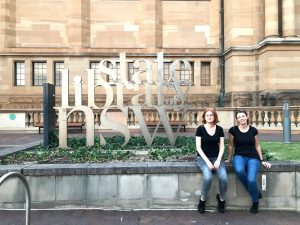
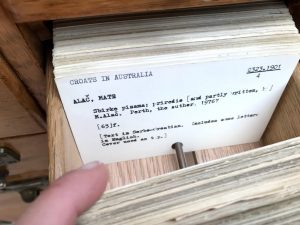

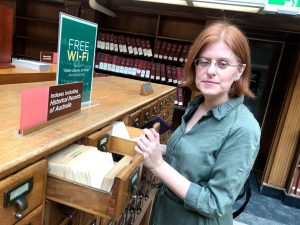

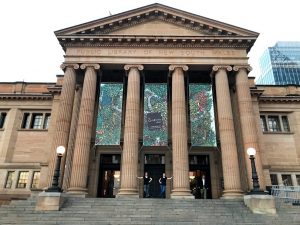
State Library New South Wales in Sydneyju has online catalogues, but also card catalogues. Project team members searched card catalogues and found new records that will be included in the bibliography.






Project team members Ana Barbarić and Ivana Hebrang Grgić attended the book promotion (My Mother’s Kitchen), where they spoke to Joesph Gene Petric, Consul General of the Republic of Croatia in Melbourne; Luka Budak, professor ad Croatian Studies at Macquarie University in Sydney; Ivanka Barić, president of the Croatian Cultural Association; Katica Perinac, president of the Association of Croatian Language Teachers of Victoria and many others.


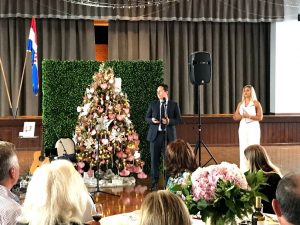
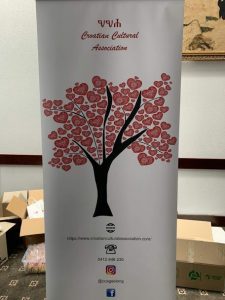
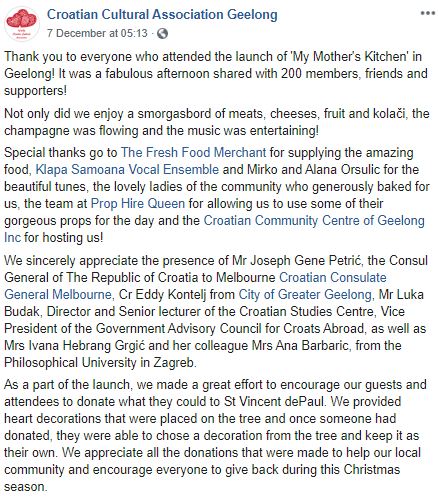
State Library Victoria is one of the oldest Australian libraries and one of the first free libraries in the world. During the visit card catalogues were searched and contacts with librarians were made.
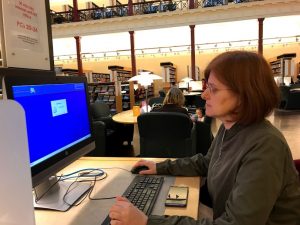

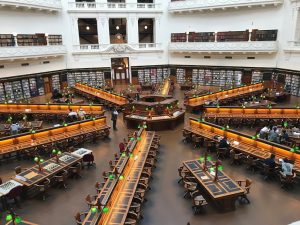
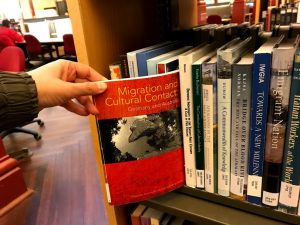
Seminar Archives and Publishing: Sources, Heritage, Public was organized by ICARUS Croatia (International Centre for Archival Research) in Gospić, Croatia, from 4th to 5th October 2019. A presentation entitled Heritage Institutions as Access Points to Publications of Croats in Australia and New Zealand was held. In the picture: Vlatka Lemić, president of ICARUS Croatia and Ivana Hebrang Grgić, invited speaker at the seminar.

Conference Croatia and Croatians in Past and Present Networks took place in Sydney from 19th to 21st September 2019. It was organized by Croatian Studies Centre at Macquarie University and Croatian Studies Foundation, on the 35th anniversary of Croatian Studies at Macquarie University. Presentation entitled Newspaper and journal communication in the Australian Croatian community by Ivana Hebrang Grgić and Ane Barbarić from the Faculty of Humanities and Social Sciences, University of Zagreb and Jasna Novak Milić from the Macquarie University was presented by Jasna Novak Milić.

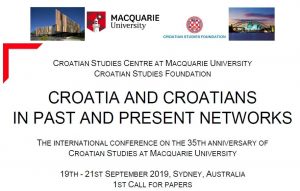
In the Natonal and University Library in Zagreb the 34th panel discussion of Foreign Croatica Collection was held. The theme was the project of making a bibliography of the Croatian emigrant press. The panel was announced on the portals MojZagreb, culturenet.hr and Hrvatska matica iseljenika.
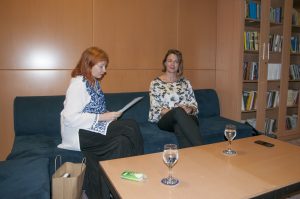
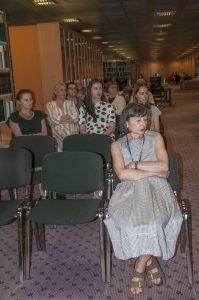
Presentation Croatian Emigrant Press – from bibliography to digitization was presented within the 9th Festival of Croatian Digitizing Projects. The festival was held on May 9 and 10, 2019 at the National and University Library in Zagreb. The summary is published in abstract booklet.
The project will be presented at Kreativna riznica (Creative Treasury), symposium that has been organized annually (since 2015) in Osijek, Croatia. The aim is popularization of science and promotion of creative industry. Organizers of the symposium are Andizet – Institute for Scientific and Artistic Research in Creative Industry and the Faculty of Economics, University of Osijek.

In Matica, monthly magazine of the Croatian heritage foundation, a text about the project was published.